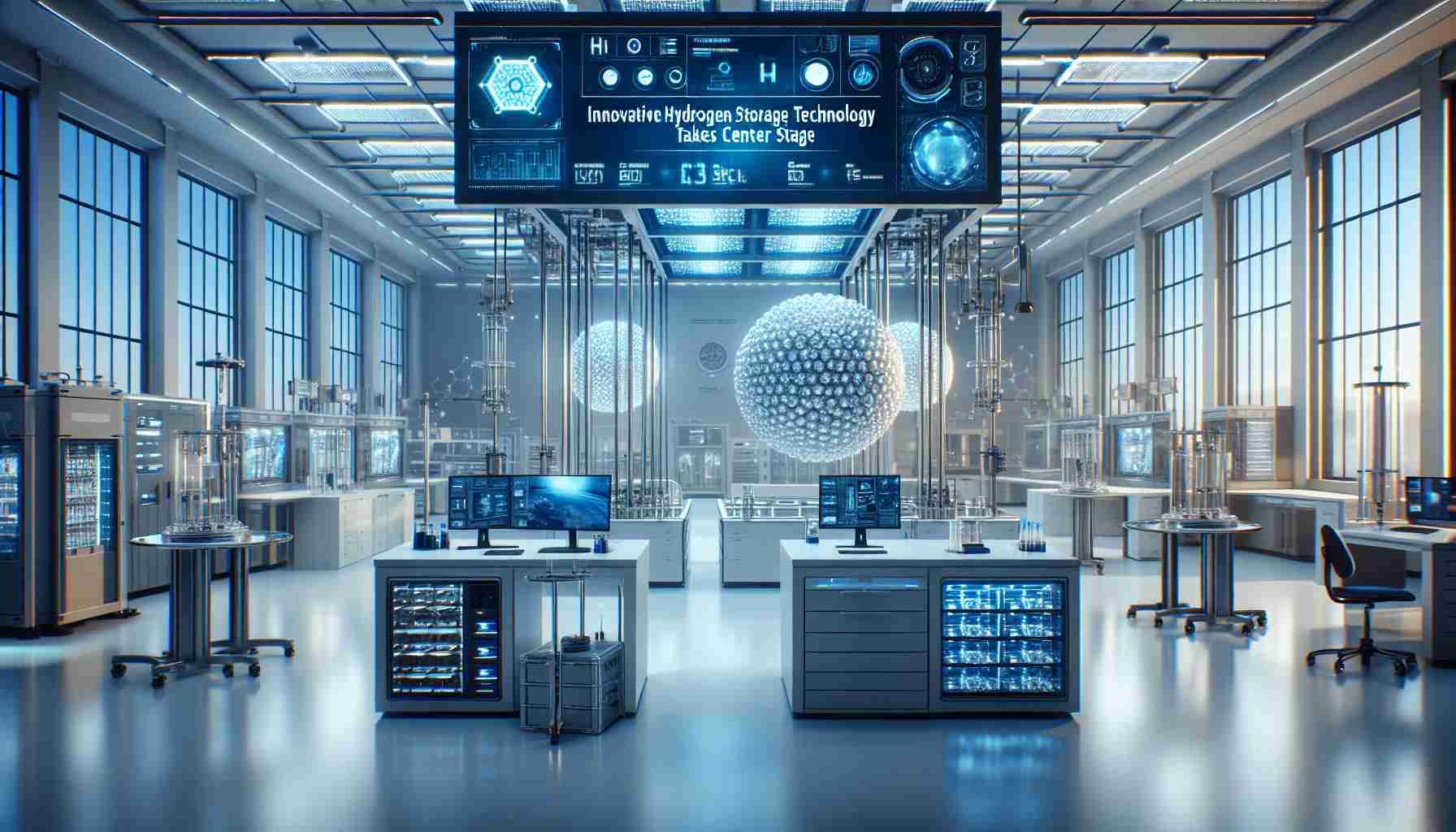GKN Hydrogen is embarking on a groundbreaking project aimed at exploring the potential of its advanced metal hydride hydrogen storage technology. In partnership with the National Renewable Energy Laboratory (NREL) under the Department of Energy, this demonstration is set against the innovative backdrop of NREL’s Flatirons Campus in Colorado.
The focus of this initiative lies in evaluating the performance of GKN’s solid-state storage solutions, particularly in their synergy with emerging energy systems like microgrids and fuel cells. This collaboration aspires to unlock new avenues for the integration of hydrogen as a viable energy source, potentially paving the way for more sustainable energy practices.
NREL’s leading researcher on the project highlighted the significance of their work, noting that this system is poised to be the world’s largest hydrogen storage integration with renewable energy capabilities. Such advancements stand to be pivotal in enhancing the cross-functionality between hydrogen technologies and renewable energy on a large scale, marking a potential turning point in the quest for cleaner energy solutions.
By focusing on metal hydride storage technology, GKN and NREL aim to contribute to the development of innovative energy systems that not only support existing infrastructures but also promote the widespread adoption of hydrogen as a clean energy carrier. The outcomes of this project could significantly influence future energy policies and technology implementations.
FAQ Section about GKN Hydrogen and NREL Collaboration
What is GKN Hydrogen?
GKN Hydrogen is a company specializing in advanced hydrogen storage technologies, particularly focusing on solid-state storage solutions using metal hydride technology.
What is the main goal of the GKN Hydrogen project with NREL?
The main goal is to explore and evaluate the performance of GKN’s advanced metal hydride hydrogen storage technology in conjunction with renewable energy systems like microgrids and fuel cells.
Where is this demonstration project taking place?
The project is being demonstrated at the Flatirons Campus in Colorado, which is part of the National Renewable Energy Laboratory (NREL).
What makes this project significant?
This initiative is significant as it aims to create the world’s largest hydrogen storage integration system with renewable energy capabilities, potentially transforming the integration of hydrogen technology with renewable energy on a large scale.
How could the outcomes of this project influence energy practices?
The outcomes could enhance existing energy infrastructures and support the adoption of hydrogen as a clean energy carrier, potentially impacting future energy policies and technological implementations.
What are metal hydrides?
Metal hydrides are compounds formed by the interaction of metals with hydrogen, providing a solid-state solution for hydrogen storage, which is considered safer and more efficient compared to traditional gas storage methods.
What are microgrids?
Microgrids are localized energy systems that can operate independently from the traditional grid, utilizing various sources of energy including renewable options to provide power to a specific area.
What are fuel cells?
Fuel cells are devices that convert chemical energy directly into electrical energy through a reaction between hydrogen and oxygen, producing water and heat as byproducts; they are crucial for clean energy applications.
